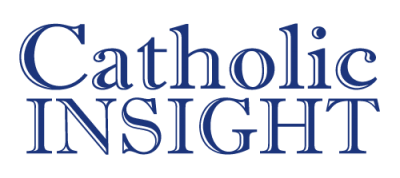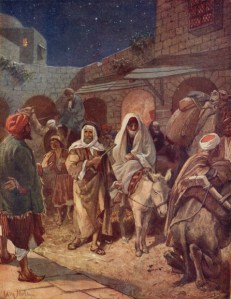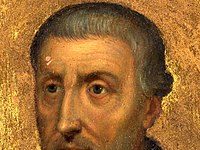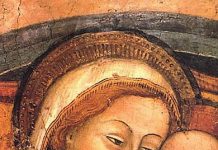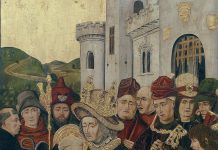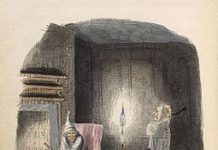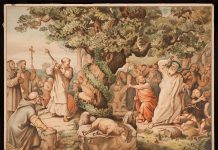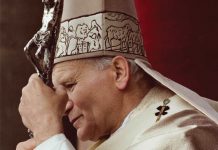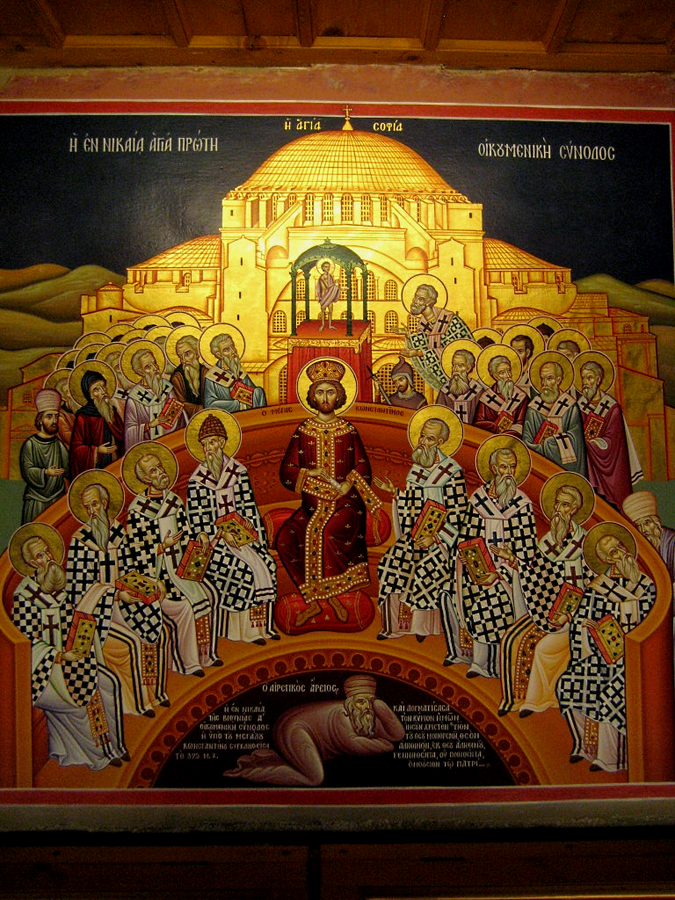
This May 20th marks the 1700th anniversary of the opening session of the Council of Nicaea, which this Year of Jubilee, 2025 commemorates. Nicaea is traditionally held to be the first ecumenical council of the Church (prescinding from the ‘council of Jerusalem’, from ca. 48 A.D. recounted in Acts 15). Nicaea was called by Emperor Constantine to counter the heresy of Arius, which denied the full divinity of Christ (and to deal with a number of other matters, such as the date of Easter).
The Council gathered at least 200 bishops from across the empire, including two papal legates and the Athanasius, patriarch of Alexandria, many of them maimed, physically and spiritually, in their witness for the truth of the Faith. In an intense spiritual atmosphere, they composed the Nicene Creed (furthered in the subsequent Council of Constantinople in 381), which we now recite – and hopefully sing – every Sunday and Solemnity in the Holy Mass. The key words, as readers know, was homoousios – that Christ is the ‘same nature’ as the Father, God from God, Light from Light, true God from true God, begotten not made…
Father Perricone has a wonderful meditation on Nicaea over at Crisis.
And see alsoMassimo’s Scapin’s reflection on the creed. This has been set to music by innumerable composers, but see his commentary on the incomparable musical setting by Monsignor Antonio Vivaldi:
